Imagine how many missed opportunities people have had simply from being stuck in their own heads, worried about how they’re presenting themselves and their ideas. The thought of standing up in front of a group makes most people shake, tremble, and sweat! This causes people to sometimes approach speaking with a “not to lose” attitude rather than playing to win.
What about you? Do you ever find yourself in conversations or presentations where you struggle to find the words and wish it would just be over soon? Life is too short to waste any more time not being the powerful communicator you know you’re capable of deep down!
We’re often asked, “What are the most important and essential ingredients to making a successful presentation?” The answer to this question is very important, for the correct answer to the question is also a key to unlocking the door of success. In exploring the answer, we’ll be discussing the most important leadership skill, the most important selling skill, in truth, one of the greatest success skills there is.
So read this with an open mind. You won’t be able to employ all the ideas at once. That would be impossible. You can’t expect to be a major leaguer your first time at bat, but keep on. You can become a superlative presenter if you are willing to practice. That’s the way every great athlete reaches his or her potential. Speaking requires the same pursuit. It’s called mastery.
Now, here are the “Top 10 Tips on Building a Powerful Presentation”…
1. Have Fire In Your Belly
2. Have Focus
Don’t ramble. Build your presentation around three or four well-defined points. Support those main points with both facts and feelings. The first tells, the latter sells! Learn to use a tight outline and learn verbiage. This makes for clear understanding. Don’t ramble around the platform while you are presenting. By rambling, we mean purposeless wandering. Many people ill-advisedly walk, wander, and pace as they speak. What they are attempting to do is to dissipate their own extra energy. This dilutes the focus of the messenger and wears out the audience at the same time. Here’s a better way: Center yourself. Stand with your weight equally distributed on two feet. Speak directly to the audience. Stand tall.
Make your point. You certainly are encouraged to walk if there is a reason to move. We are not looking for a state – but on the other hand, neither are we looking or a rolling river. So focus on your content and on its presentation with laser-like aim. In opening, you’ll want to capture the audience’s attention with a “grabber opening” such a startling fact, a powerful question, a joke, a quote, etc. Speak in specifics, but many successful speakers learn to do so as a storyteller. I’m often asked why so many preachers, teachers, authors, and speakers come from the South. My answer is that I believe it’s the result of the South’s storyteller culture. The message must be clearly outlined and thought out, but it’s the messenger’s presentation skills that make it powerful.
3. Good Speakers Perform
You are performing at this very moment as you read this document. We are performing at this very moment we write this document. There is a clear difference between acting and performing. Acting is when you play the part of someone else, say, Julius Caesar or Madame Curie. You use your own skills to portray that person. Performing is using those same tools to play yourself. We have deep tool boxes. And because we’re always performing, I suggest that we should perform at our best. Make that performance powerful. Put your whole self into the presentation. If the performance suffers, the content is of little value. Use illustrations. The listener is hungry for pictures. Use color. Don’t be bland, black and white. Be exciting! You’ll want to be sure you limit the use of pictures and slides to a supporting role, however. Don’t become just a voice for a group of colorful pictures and other visuals. There is an art to using computer graphics, slides, flip charts, and supporting documents. Make them support your performance.
4. Use Color
Voice color. Body color. Energy color. Use vocal variety in order to avoid a black and white, bland, monotonouse presentation. We must fight many forms of monotony. Present with high energy only, and our presentations become monotonous. If we use low energy all the time that, too, becomes monotonous. If we pause at predictable times, we become monotonous. Obviously, what we do not want is monotony. We want the antithesis of monotony, which is a colorful presentation. Create vocal variety! Learn to whisper and to shout. Speed up and slow down. Pause, pause some more. Get high notes and low notes. Use your entire vocal scale. Think of your voice as a fine violin, or an oboe, or a clarinet. It doesn’t have to be deep and bass-like or sultry and sexy to be great. You can create tones that are alive and colorful. A practice point: Read aloud 10-15 minutes at a time, several times a week. Stretch your vocal scale. This will help you increase the color of your voice.
5. Learn To Use Your Eyes
Our eyes are the second most powerful tool of communication. If your belly’s on fire for your subject, your eyes will tell the story. The eyes really are “the windows of the soul”. As you speak, make eye contact with one person, then finish your sentence or thought. Let your eyes linger. Then, look at another person. Make your contact one to three seconds. Talk to one person at a time. This is so much more effective than sweeping the masses casually or looking over their heads. This practice alone will make you fare more personal, more intimate, and more effective as a presenter. You will connect.
6. Use Your Face
The greatest bank account we have in human relations is absolutely free. It’s a smile. Add your smile to penetrating eyes and expressive brows. With your eyes on fire, and an intensely interesting face, you’ll capture the attention of even the most calloused person. Your face is really like a television set. People are accustomed to watching a lot of action on that television screen. People will watch your face with more interest if there is color and energy in the picture. People will watch a television longer than they’ll watch a radio! Your face can create entertaining excitement that enhances your presentation.
7. Use The Rest of Your Boy Parts Too
After your eyes and face comes the other important carrier of the message: your body. Add the power of your body by standing tall, by using gestures. As a practice point in our Excellence In Speaking Institute, we suggest that when rehearsing, the participants overemphasize key areas: overemphasize gestures, overemphasize pauses, overemphasize energy, overemphasize facial expressions, etc. We explain that you won’t make your actual presentation with that much boldness, but you will have expanded your comfort zone and will actually be using more of your tools. Make bold rather than timid gestures and broad as well as subtle movement. Great stage performers have learned their bodies, faces, and eyes are essential to telling the whole story most effectively.
8. Maintain Physical Balance
Earlier we talked about centering your power. A great part of centering is related to balance. There’s a subtle difference in the respect awarded those who stand tall with their weight equally balanced on both feet. You lose none of your warmth and appeal by standing tall. You gain stature and a sense of power. Walk, but to do so with a purpose. Don’t wander aimlessly, pacing and creating a cadence of movement. This becomes monotonous. It wears down your audience, rendering you far less effective. The audience will not award you much respect and trust if you wander. Stand still. Don’t pace. Move when there is a purpose in doing so. Stand tall. Speak with authority.
9. Involve Your Audience
Be sensitive to the audience’s needs. If there are 10 people in your audience, there are 10 different sets of needs. If possible, get to know your audience before you speak. Our founder, Ty Boyd, would do everything he could to arrive early in order to meet members of the audience. He learned their individual interests and would weave them into his presentation. This makes the messages so much more personal. And it also provides a measure of comfort for the presenter as well! Remember, balance your emphasis on both content and relationships, facts and feelings. You must strive to answer the multiple needs of an audience. You cannot be all things to all people, but you can create a balance of information, entertainment, and involvement for your audience.
10. Practice, Practice, Practice!
Never take a speaking engagement lightly. If you are to do your best, you must practice and practice and practice. It’s not only what you say, but how you say it. “Winging it” is a very common trap, one that many presenters fall into. They say, “I am best when I don’t practice.” The danger of this is sometimes a winger does do a great job. So she may the assume that she is most effective without practice. You must not let this mistake happen to you. It’s a guarantee of failure or at the most, mediocrity. Ask Michael Jordan how many hours he practiced for every minute on the court. Ask golfer Jack Nicklaus. Ask Mia Hamm, the great UNC All American soccer star. Ask a star salesperson. Ask Billy Graham and Zig Ziglar. The greats practice. No exceptions!
Final Thoughts
Well, there you have it, quick and simple. Ten powerful tips on how to make a powerful presentation to any size group, from two to two thousand. The skills are essentially the same, only the dynamics change with the size of the audience and the setting. Now, all that remains for you to do is to use these tools in your next presentation. Adjust. Try them again. Have trusted advisors view your efforts. Listen to their feedback. Decide that you are going to double your effectiveness by fine-tuning your own presentation skills. Learning to be a better presenter and a better speaker is a money skill. You will be personally rewarded for your efforts. There are few satisfactions that equal the feeling of having made an exciting and effective presentation. We wish you many! You can do it!
If you’re serious about advancing your communication skills and making an investment in yourself, we invite you to our Excellence in Speaking Institute. Classes in 2023 are already filling up quickly! We look forward to helping you power up this power skill!
Visit this page to read feedback from our graduates about their experiences.

